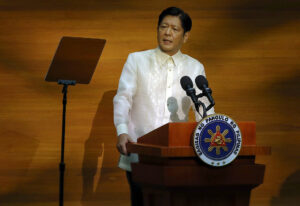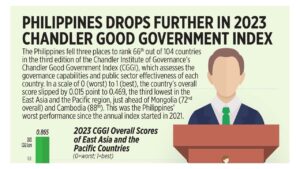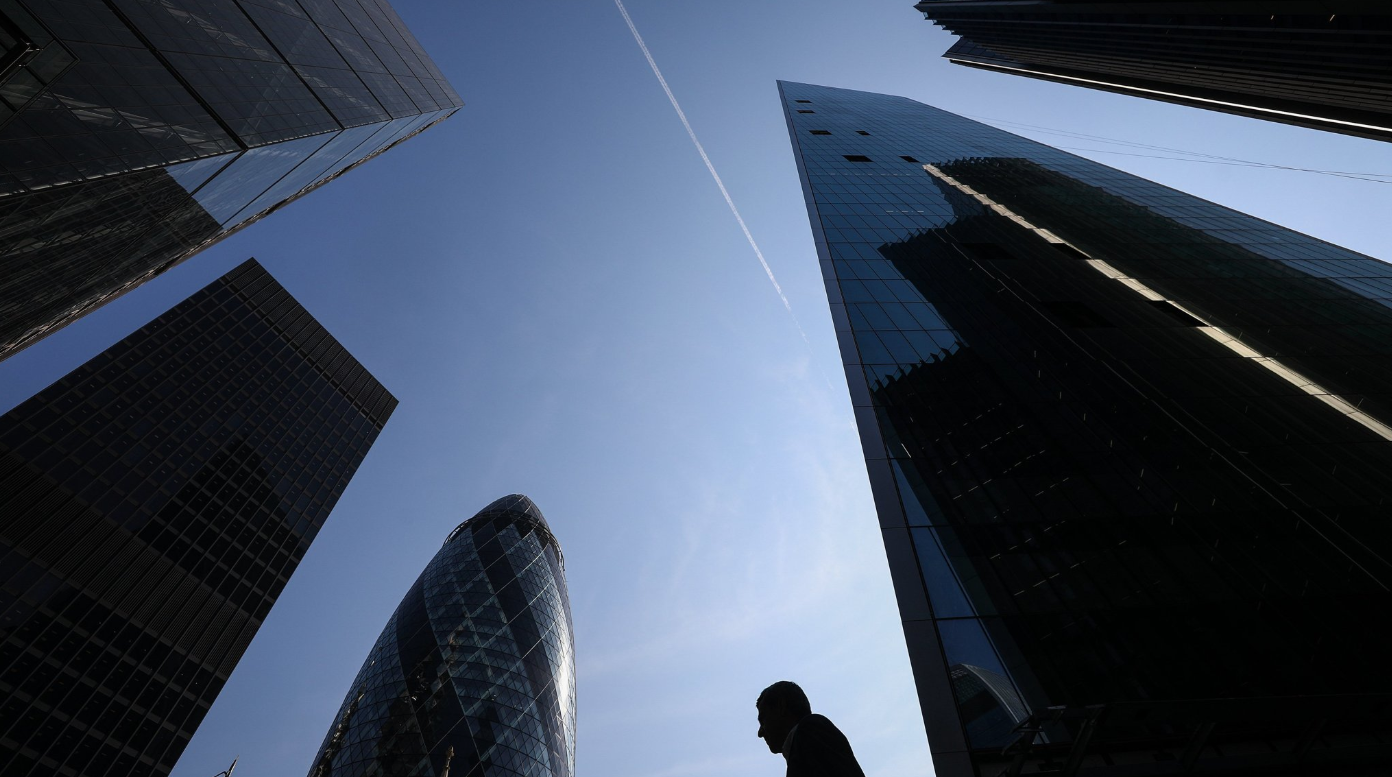The SONA I did not expect

It was a good SONA. President Ferdinand Marcos, Jr.’s first State of the Nation Address (SONA) was the least populist I’ve heard in a very long time. Save for one instance where he proposed to condone unpaid amortization owed by agrarian reform beneficiaries, the President did not pander to any other sector or constituency throughout his speech. In fact, he even proposed certain laws that railroad the interest of his closest allies. These laws include the enactment of the National Land Use Law, the amendment of the EPIRA Law (Electric Power Industry Reform Act), the Internet Transaction Act, and Tax Valuation Reform Bill. The SONA inspired cautioned confidence, especially for those who thought that crony capitalism will be making a comeback.
The President’s assessment of the country’s state of affairs was fairly accurate. On the economy, he recognized the need to raise national revenues and rationalize expenses to better manage the budget deficit and heavy debt load. To this, he proposed to raise funds by imposing VAT on the digital economy, and outlaw the under-declaration of taxable transactions and smuggling. On the expense side, he proposed right-sizing the bureaucracy and spending prioritization. All these, I concur with.
The President clearly defined his quantitative goals for the next six years. By 2028, he aspires to reduce the poverty rate to 9%; to ease inflation to 3%; to trim the budget deficit to 3% of GDP; and to maintain the peso to dollar rate at P55 to $1. He further aims to expand the economy by 6.5% to 8% from 2022 to 2028. All these I find realistic except for the exchange rate which is tied to external forces, not the least of which are the defensive policies of the US Federal Reserve.
He proposed the establishment of a Medium-Term Fiscal Strategy which spans six years. Said strategy is envisaged to be the basis for future budget appropriations by congress. It promotes transparency while ensuring the continuity of projects and spending efficiency. I concur with this too.
What I found lacking, however, is the aspiration to stage a manufacturing resurgence and to make the Philippines a prime investment destination and manufacturing hub to match Vietnam. While he did mention, in passing, that we must attract more foreign direct investments (FDIs), he failed to stress its importance nor elaborate on how it will be accomplished.
There is no getting away from it — we must increase our intake of foreign direct investments to accelerate our industrialization, decrease import dependence, and generate more export revenues. We must wean ourselves from being a predominantly consumer-lead economy to one balanced by production. It is through FDI’s that we can establish our supremacy not only in manufacturing but also in artificial intelligence, robotics, virtual and augmented reality, and nano-technology. Only then can we generate real wealth and realize the President’s quantitative goals.
That said, ease in doing business and lowering the cost of manufacturing must be high priority areas. We should also put teeth to the Inter-Agency Investment Promotional and Coordination Committee to focus on outward investment promotions.
On infrastructure, I laud his commitment not to suspend any of the projects that are in the pipeline and to sustain infrastructure spending at 5-6% of GDP. It is a wise decision too to harness private capital through Public-Private Partnerships.
The President spoke extensively about the importance of railways and his commitment to their development. He failed, however, to tackle the issue of airports, specifically NAIA’s congestion. How are we supposed to cope with the acute congestion when the Bulacan airport is still seven years away? And if the Caticlan airport is any indication of how San Miguel builds airports, I think we will find ourselves with a festering problem of operating with badly built, barebones edifices. It seems sensible for the government to pursue its plan to privatize NAIA and modernize it.
On energy, the selection of Raphael Lotilla as secretary inspires confidence. We were even more encouraged when the President called for the rationalization of the EPIRA Law while instructing the Department of Energy to build more power plants using a mix of traditional and renewable sources. He also called for the improvement of our transmission and distribution network. All these, taken collectively, should reduce power costs once and for all.
The President spoke about the possibility of including nuclear energy in our power source mix. Perhaps this was more a political statement than anything else. As we are all aware, most economies are veering away from nuclear due to its cost, safety concerns, and its environmental impact.
Tourism was singled out by the President not only as a driver of national revenues but also as a chance to improve our country branding. The President correctly stated that branding translates to national pride and a strong national identity. Branding also redounds to soft power or the ability to influence global decisions not through coercion but by persuasion.
No one knows the power of branding better than the Marcoses. We hope that within the next six years, the Philippines can re-establish its global gravitas in the areas of culture and heritage, good governance, our positive reputation, our diplomatic alliances and global connections, our openness for business, our technology adoption, the strength of our diplomatic missions abroad, and the level of talent of our people.
On education, many were relieved when the President declared that face-to-face classes will resume this August. He spoke about improving classrooms and augmenting learning tools with internet connectivity and gadgets. We can only hope that the Department of Information and Communications Technology can accelerate broadband connectivity in far flung islands and the national budget can support the capital outlay for gadgets.
The president reiterated the need to maintain our children’s proficiency in English. I totally agree. He spoke fleetingly about the need to improve STEM (science, technology, engineering, and math) learning which I consider critical for future competitiveness.
The problems of the education sector are complex. Suffice to say that all of the Department of Education’s programs need to be reviewed and rationalized. Among the problematic programs are the performance-based bonuses grated to teachers and auditors; curricula for primary and secondary levels; School-Based Management Program; Mother Tongue-Based Multilingual Education; (the lack of) High-Touch High-Tech learning; and teacher’s heavy administrative load, to name a few.
In foreign policy, the President declared, in no uncertain terms, that he will not allow even one inch of our sovereign territory to be subsumed by any foreign power. To this, I gave rousing applause, even if I was watching the SONA alone in my office.
President Marcos’ SONA exceeded my expectations. It was professional, comprehensive, and well-articulated. Above all, the 19 proposed priority bills were well considered. We hope for more of this style of governance. Marcos Jr. is off to a good start.
Andrew J. Masigan is an economist
Facebook@AndrewJ. Masigan




